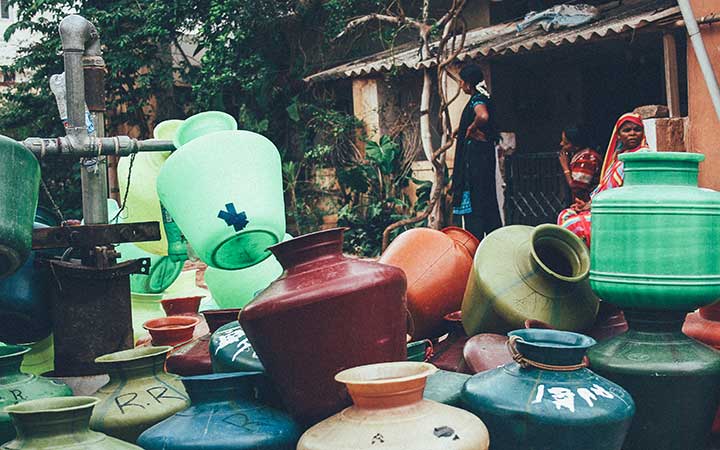“Seen & Heard” is a monthly feature of GPS World magazine, traveling the world to capture interesting and unusual news stories involving the GPS/GNSS industry.
Galileo guides madrid metro buses
Galileo and EGNOS are helping EMT Madrid to improve its services, reports the European GNSS Agency. Madrid is one of the first cities using Intelligent Transport Systems (ITS) with enhanced positioning services. Positioning units in 2,050 public buses mean customers know exactly where their ride is, and when it will arrive. Receivers in the buses use signals from EGNOS and Galileo.
Drought fighters
About 3,000 villages in the Karnataka state of India face serious water shortage. More than 2,000 tankers and 1,800 private bore wells have been hired to meet the need. To ensure the water gets to the right place, all tankers supplying water to drought-hit villages and towns are being equipped with GPS to prevent misuse. The trackers will show the movement of the tankers from the water source to the residential areas.
Getaway car stopped in its tracks
In March, a Florida Highway Patrol trooper darted a GPS tracker onto the back of a fleeing minivan during a 60 mph chase. As the pursuit carried over county lines, a trooper used his StarChase system to tag the minivan. The FHP used the tracking information to roll out a spike mat to stop the suspected felon. Only a few police agencies in the state have the technology, which is still being tested.
Help for refugees
Between 2013 and 2018, almost 70,000 children in Kenya died of diseases that could have been prevented with vaccines. Two Nairobi teenagers, Kunjal Bharatkumar and Supraja Sayee Srinivasan, paired a health website they created with small GPS devices, tested at Dadaab Refugee Complex. A mother gets a GPS bracelet and her baby a GPS necklace. The trackers turn on when it’s time to alert the mother that her child is due for its next vaccine. Then, mom can take her child to get the shots. If they miss their vaccine appointment, the GPS sends a signal to healthcare workers to provide vaccines. The website can create maps of active diseases.


